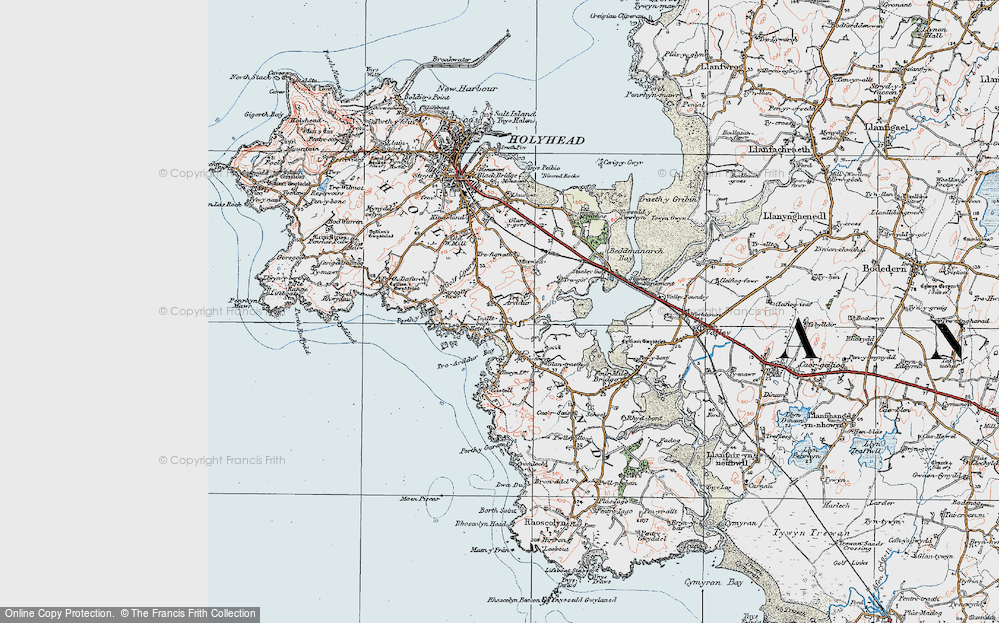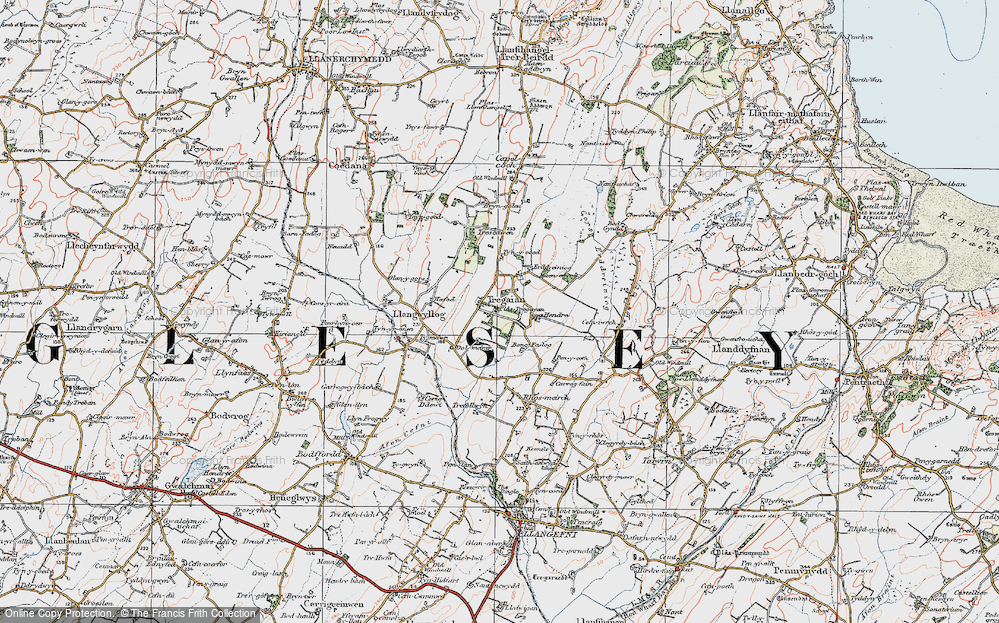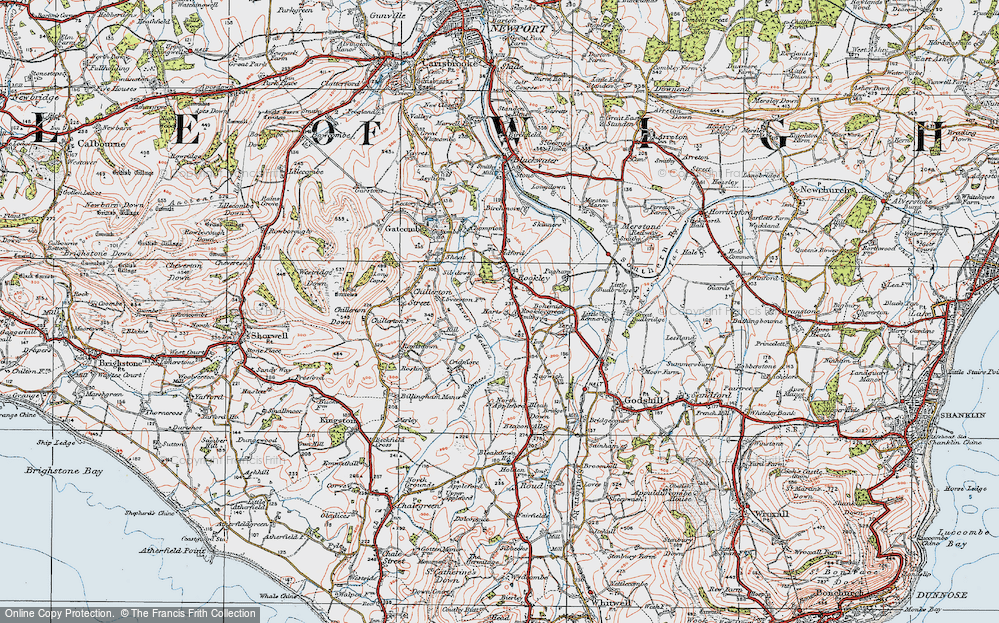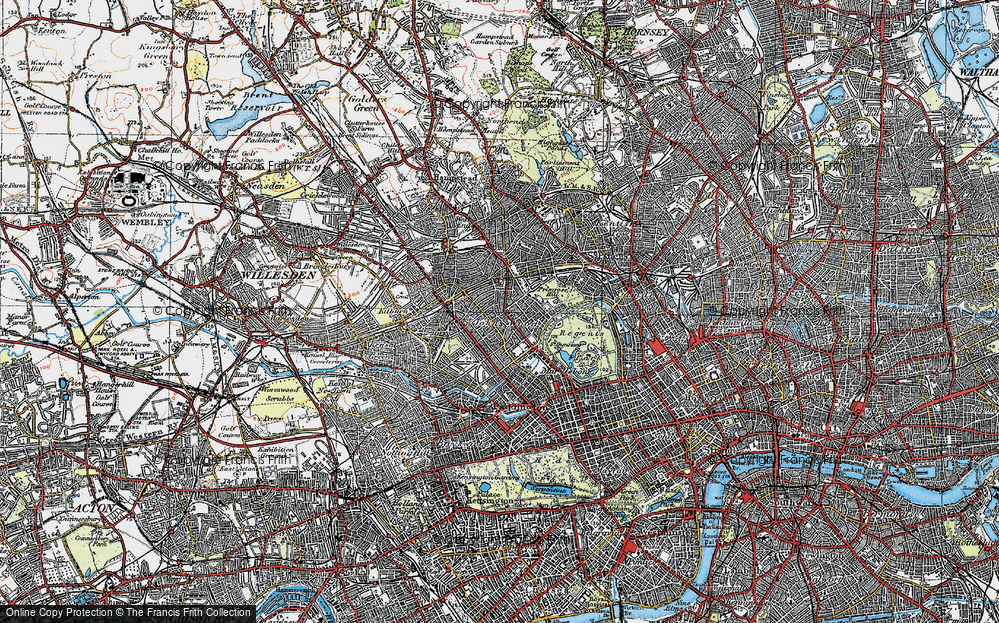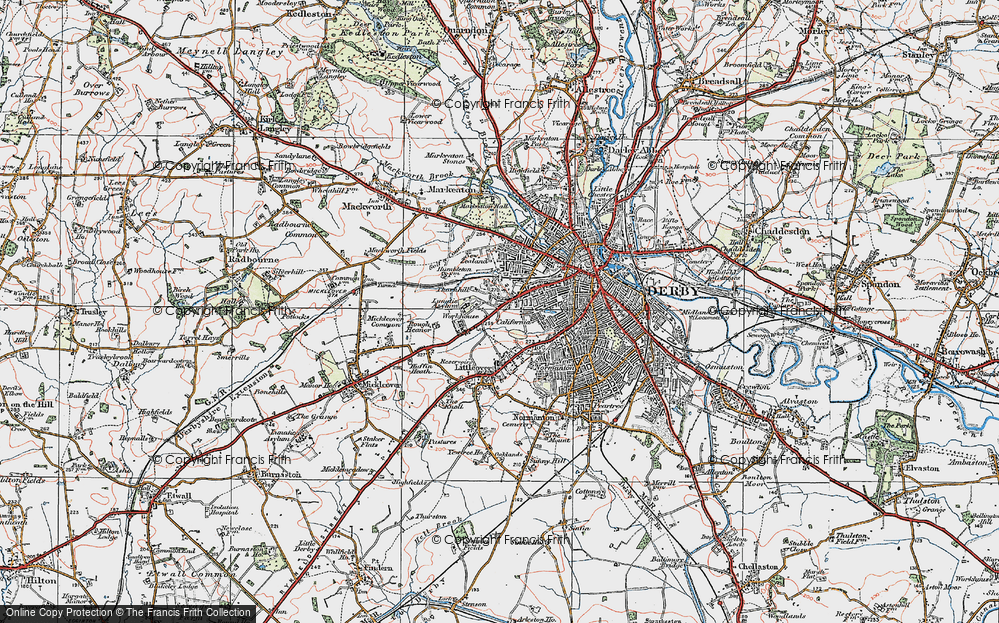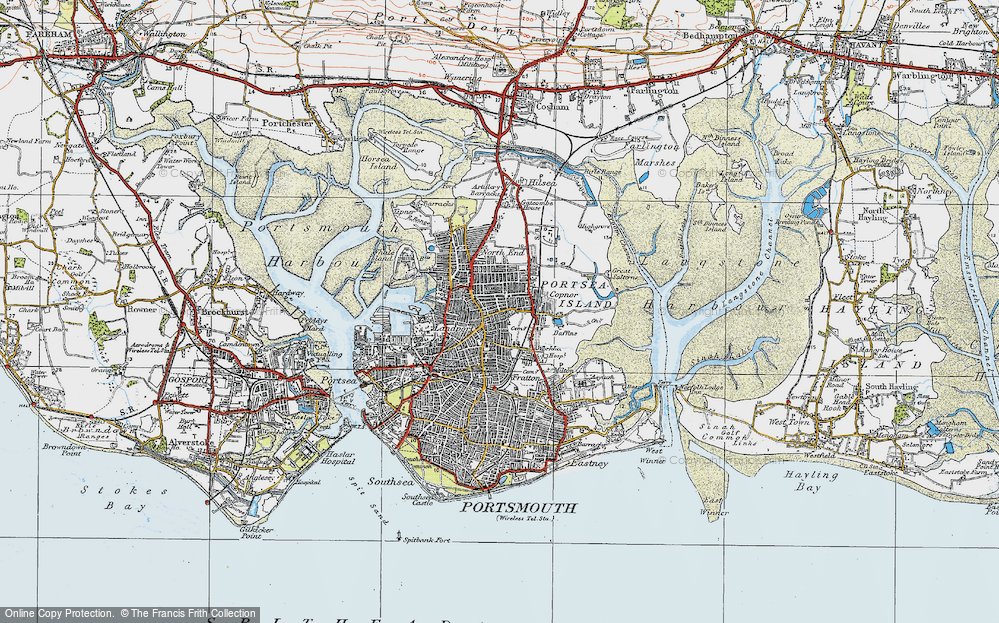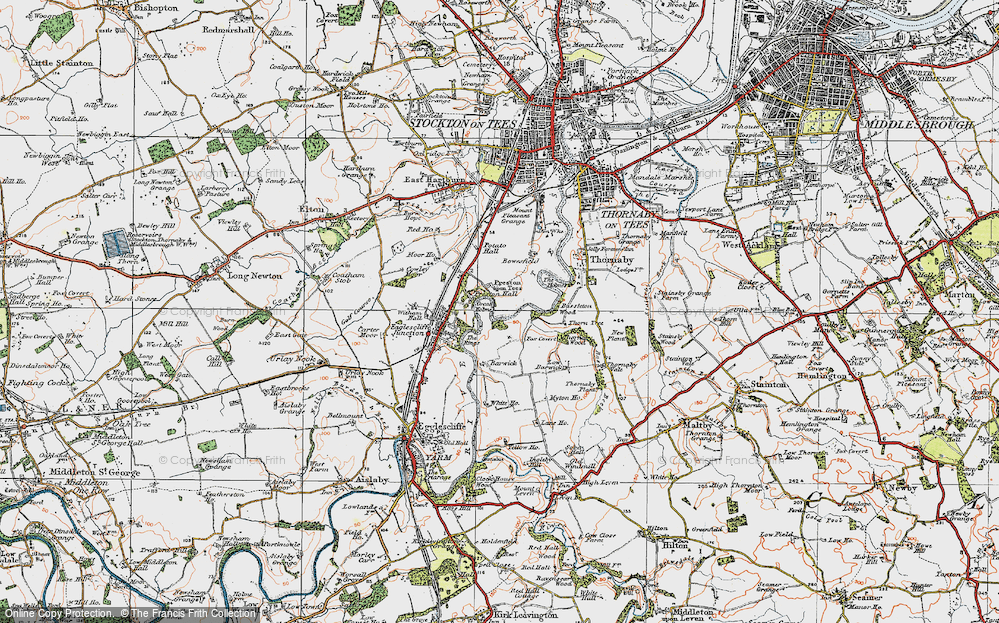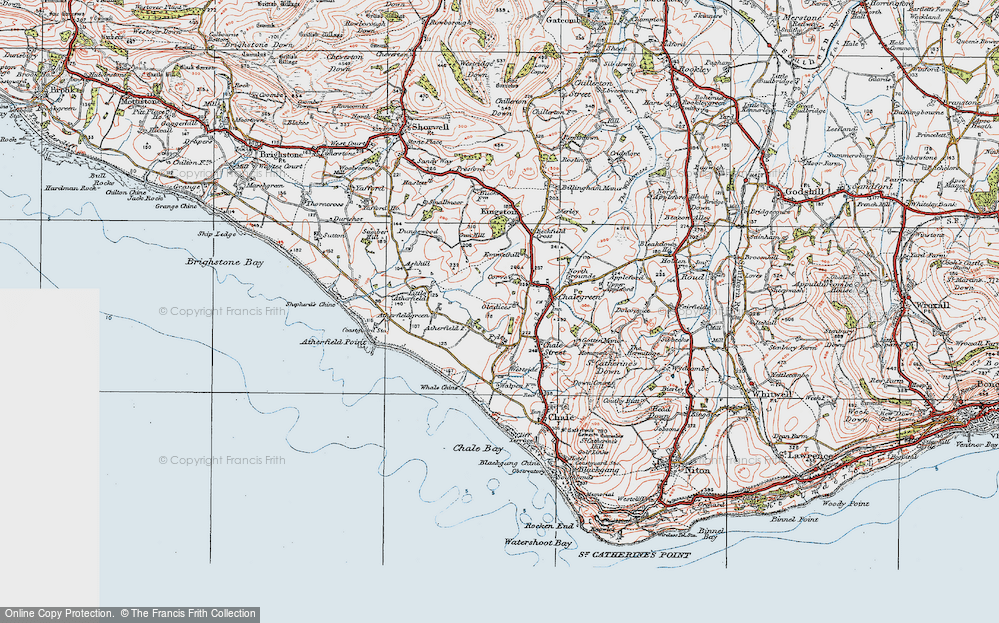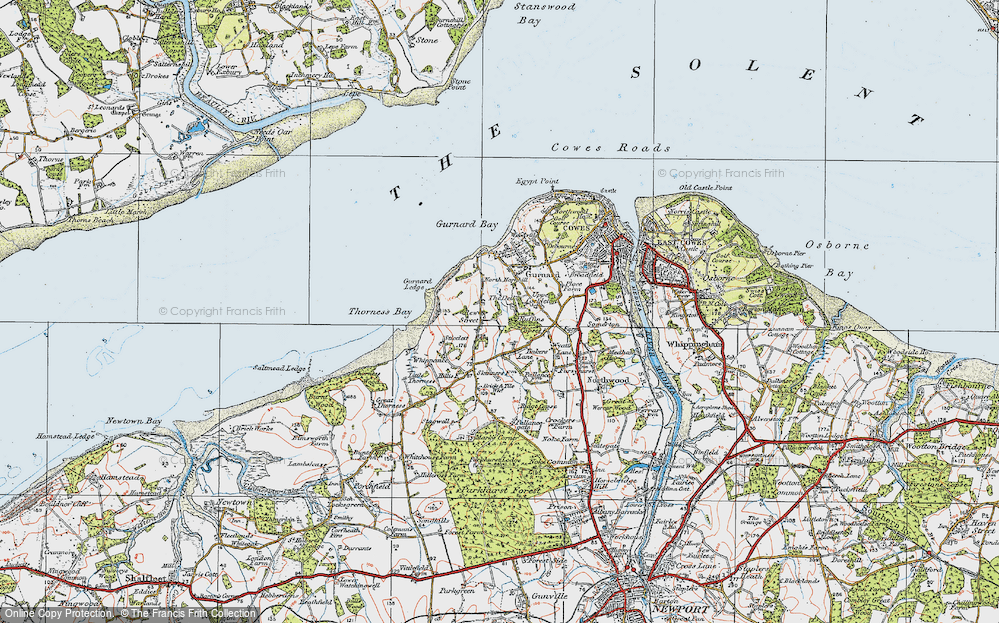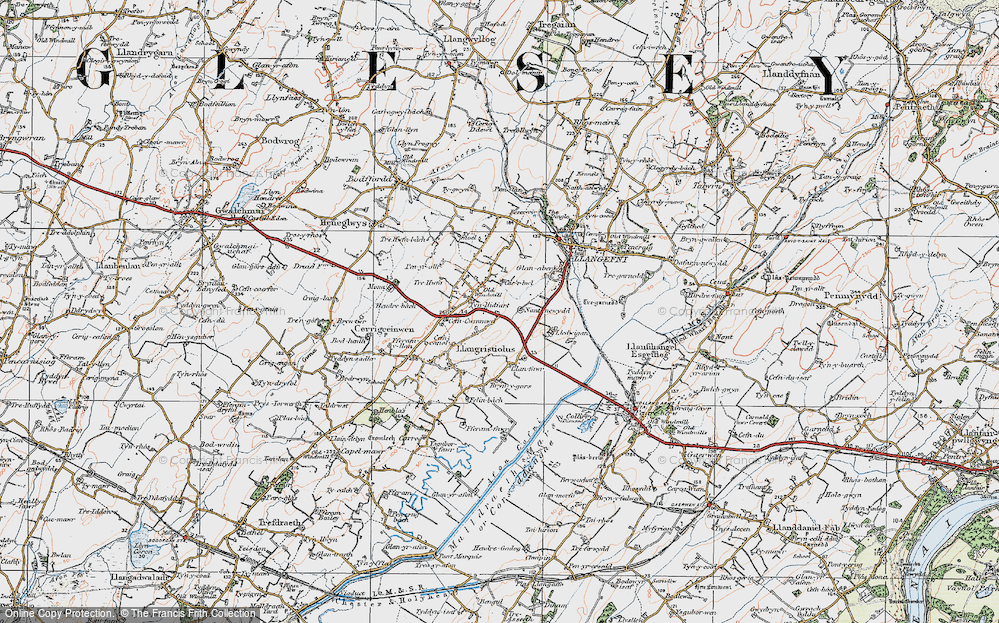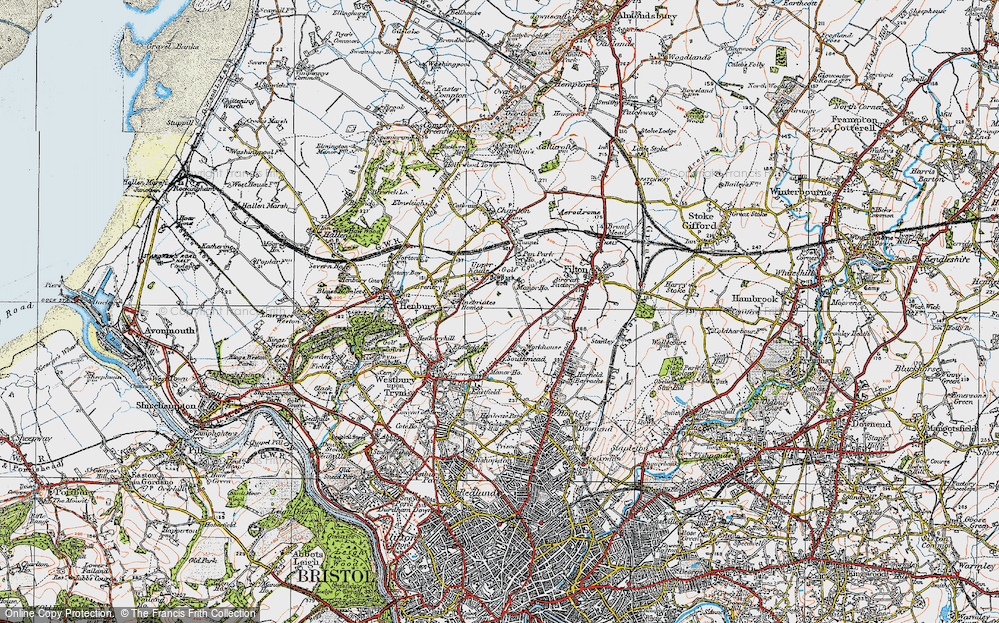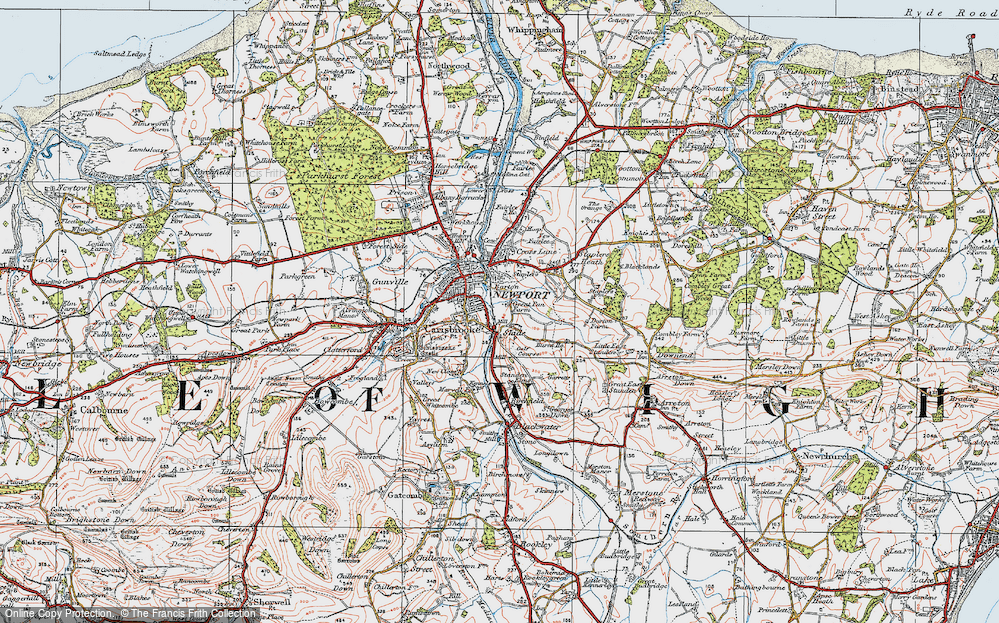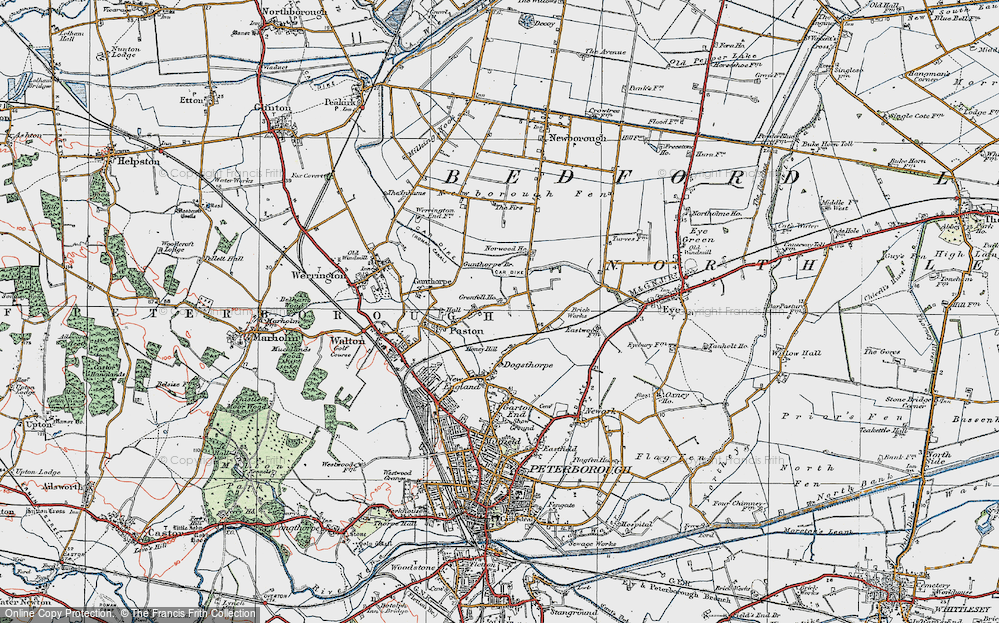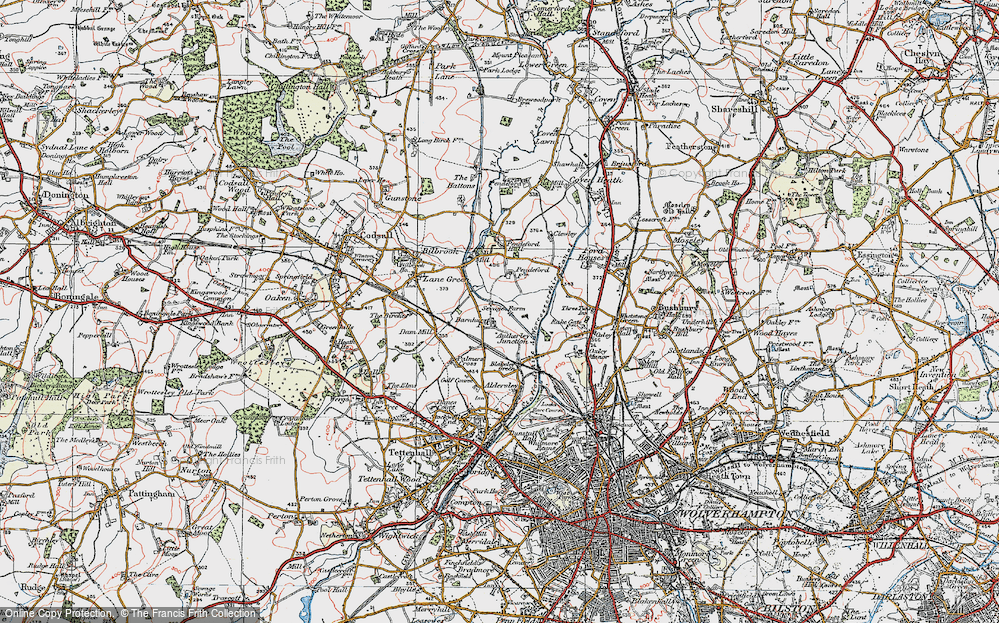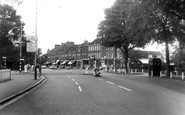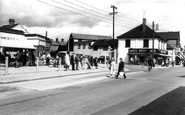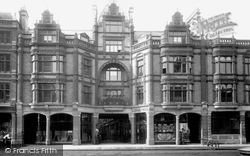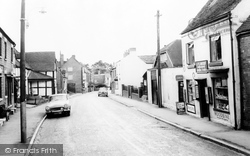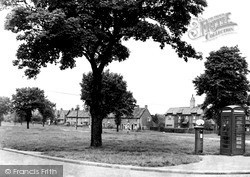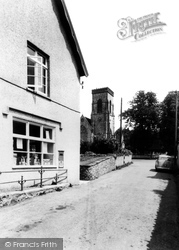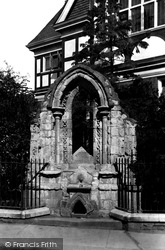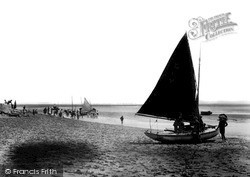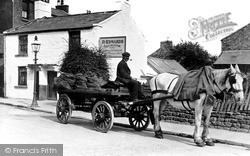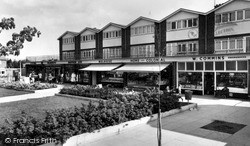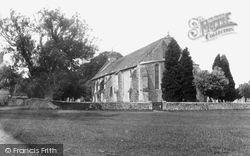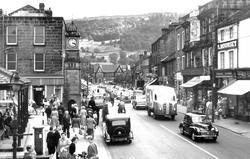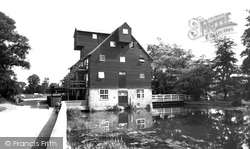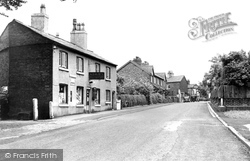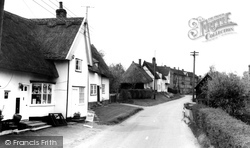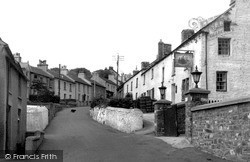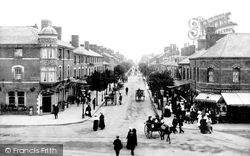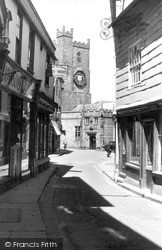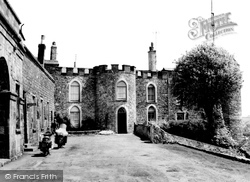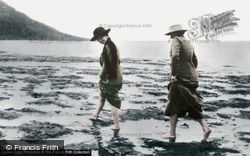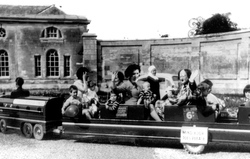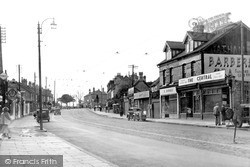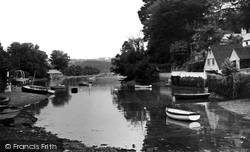Merry Christmas & Happy New Year!
Christmas Deliveries: If you placed an order on or before midday on Friday 19th December for Christmas delivery it was despatched before the Royal Mail or Parcel Force deadline and therefore should be received in time for Christmas. Orders placed after midday on Friday 19th December will be delivered in the New Year.
Please Note: Our offices and factory are now closed until Monday 5th January when we will be pleased to deal with any queries that have arisen during the holiday period.
During the holiday our Gift Cards may still be ordered for any last minute orders and will be sent automatically by email direct to your recipient - see here: Gift Cards
Places
Sorry, no places were found that related to your search.
Photos
Sorry, no photos were found that related to your search.
Maps
7,034 maps found.
Books
163 books found. Showing results 4,945 to 4,968.
Memories
22,913 memories found. Showing results 2,061 to 2,070.
Dulwich Hamlet
My brother and I, Kathryn & Philip Brunker went to Dulwich Hamlet school until 1958. We then moved to Basildon, Essex. I went to the 'huts' at first, aged 4, and after visiting there in 1996, found them still to be there! ...Read more
A memory of Dulwich in 1954 by
Re Tony Bros Ice Cream
I remember Tony Bros ice cream parlour off Acton High Street. On some Sundays my father would take me for a treat for a cornet or wafer scooped out of the big drum on the counter, it was always after giving our dog ...Read more
A memory of South Harefield by
War Years
We lived first in Vinson Close, then in Glencorse in the High Street, next door to the Commodore. My friends included Eric Cox, who lived opposite in a flat over the undertaker's; Les Forrow, whose father was manager of a grocer's ...Read more
A memory of Orpington in 1940 by
Marlborough Mop Fair
I have a photograph of a group of children at the Marlborough Mop Fair from the convalescant home, which used to be a home for old homeless gentlemen, then became a hospital for children recovering from various illnesses. I ...Read more
A memory of Marlborough in 1952 by
My Maiden Name
I would like to add that at this time my name was Judy Thomas
A memory of Rushton Spencer in 1943 by
Priory Road 1962 To 1988
My father, William J Smith (Bill) had a newsagent at 47 Priory Road between 1962 and 1988 which was opposite Ports the Bakers. I remember seeing queues of people coming out of the Bakers on a Saturday morning to get ...Read more
A memory of South Park in 1970 by
Military Music On Promenade And In Park
My National Service was spent in The Alamein Band of The Royal Tank Regiment which for 3 seasons, 1949 to 1952 played at Bognor Regis for two months on the promenade bandstand in the afternoons and in ...Read more
A memory of Bognor Regis in 1950 by
The Bus To School Stop!!
This is one of the bus stops that used to have lots of kids awaiting the Bus to take them up the Southend Road to Beauchamps School - although there were also a couple of 'elite' who mounted this bus to take them to Rayleigh ...Read more
A memory of Wickford by
Morning Service At St Mary's In The 1960s
Like many young folks of the 1960s who grew up in Cheshunt churchgate area, when the time came to marry you almost always chose St Mary's as the place to have your wedding. It is a lovely old church. I ...Read more
A memory of Cheshunt in 1965 by
Memories Of A Nurse
I came to work in Sulgrave in the 1980s. I worked for Major George Coombs who lives at Stonecourt on the Hedom Road. My first thoughts of the village were that it was very quiet and that the people were all ...Read more
A memory of Sulgrave in 1981 by
Your search returned a large number of results. Please try to refine your search further.
Captions
9,654 captions found. Showing results 4,945 to 4,968.
At the end of the 19th century it acquired this splendid arcade of shops off Friar Street opposite the Town Hall. Severely damaged by a bomb, its site is now occupied by Bristol and West House.
From Saxon times Feckenham was the administrative centre for the Forest of Feckenham, which once covered most of north Worcestershire.
Hanbury sprawls along the B4091, which runs north from the Saltway to Bromsgrove.
Romanby Green at Northallerton, a little town on the River Wiske on the western edge of the North York Moors, gives the impression of a village green.
In the mid 19th century the wealthy Rev John Lance built himself a large vicarage and replaced the small 15th-century church with one so large that it was nicknamed the 'Cathedral of the Blackdown Hills
In 1888, when the site for the new library at Old Cross was being dug, a jumble of stones from the 13th-century St Mary the Less were uncovered.
This is one of the final stretches of golden sand that once graced the foreshore at Parkgate before the estuary totally silted up and salt marsh encroached. Parkgate was a popular yachting centre.
This late Victorian scene is typical of many of the towns and villages in England at the time.
Stevenage was the first of a series of post-Second World War new towns ringing London. Initially, Knebworth had been suggested, but it was felt that railway provision was better at Stevenage.
Many of the Abbey ruins remain, and some of the buildings are still in use.
What a contrast to the previous photograph this view of Kirkgate, Otley is. The lovely market town lies at the entrance to Wharfedale.
This ancient mill was working up to the 1930s, when it was bought by the National Trust and run as a youth hostel.
The post office and general store were essential parts of village life, so not surprisingly they feature on many of Frith's postcards; these were later sold at the post office counter and the village store
The thatched extension at this end has been demolished. The imposing brick building beyond is the Colman Almshouses of 1731. The River Brett flows parallel to the street on the right.
Entering the hamlet, the main A483 crosses the River Camarch en route to Builth Wells.
These views (below and pages 40-41) up and down Church Street would have been familiar to Dylan Thomas, who lived near New Quay in 1944, and to many visitors, who have to park their cars at the top of
When it had become unsafe in 1904, the stone lion on the roof of the Lion Hotel was brought down to stand on the pavement.
The Orange Tea Rooms (we can see the projecting sign) is now a florist, and the slate-hung shop on the right, in this picture Miss Whitford's, selling pots and pans, china, paraffin and other useful items
The Prison Governor's House, now the home of the excellent Town Museum, built in 1779 at the same time as the first prison, was built within the Castle precinct.
It is time for a paddle—two well-dressed ladies rather daringly show their legs. In earlier days, during his visit to the Highlands, Dr Johnson was entertained at Inverary by the 5th Duke.
The Victorian shops on the right were among the first to be built in Dorridge, and fortunately their upper floors are largely unspoilt, though they have been re-roofed.
The miniature railway at Cofton Wood was nearly as popular as the tea room, though one cannot help wondering if the adults in this picture are not just the teeniest bit embarrassed.
The catalyst for the subsidiary settlement mentioned in the caption to N203006 was the building of two turnpike roads through Northfield, one of which was eventually to become the A38 (
Lying at the estuary of the River Helford, this small port was important in days gone by, for it supported the tin mining industry.
Places (0)
Photos (0)
Memories (22913)
Books (163)
Maps (7034)


